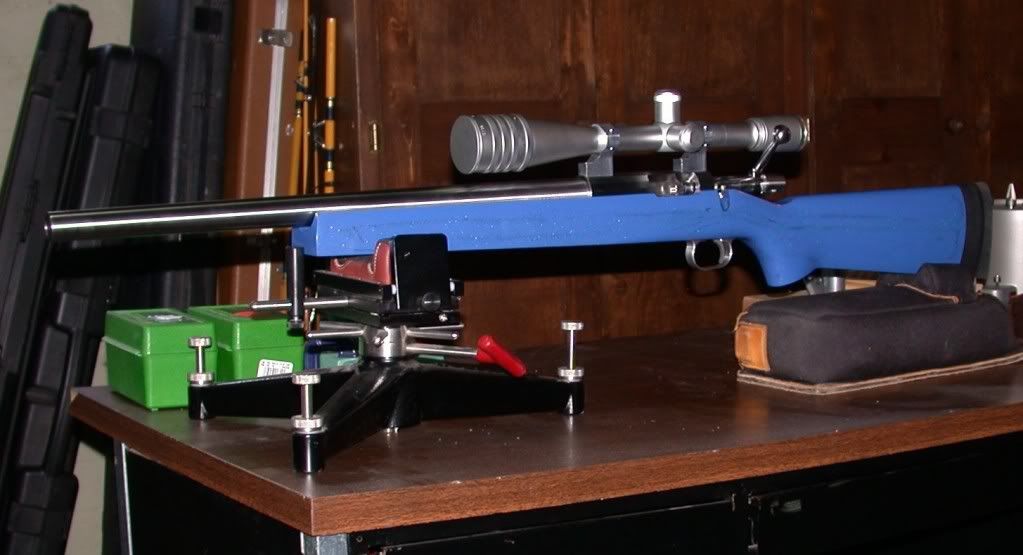I have recently been experiencing occasional failures of my extractor to pick up spent brass for extraction.
Here are a few details:
1. My action is a left handed BAT SB, with a Krieger barrel.
2. The rifle is chambered in 222 Remington.
3. All of my 500 pieces of Lapua brass were purchased in a single lot.
4. I keep my brass separated in 50 round boxes. I shoot each box, recording the number of times that set of 50 has been used.
5. I fire form my brass, neck size it, shoot it once more and then need to full length size with a body die before neck sizing and using it again.
6. None of my brass has been fired more than four times.
Recently different pieces of brass that are in the same lot of 50, will act differently in the rifle. While shooting a few days ago, I had several failures to extract. When I got home, I de-capped, neck sized, full length sized cleaned, dried and trimmed the entire box of brass that had given me intermittent failures to extract. Then I cycled the entire 50 through my rifle, with the rifle clamped to my cleaning vise. Eight of the 50 were not picked up by the extractor. I could feel and hear a slight difference when the extractor failed. A tiny click did not happen that I could hear when the extractor did work.
Next, I took a clean cloth and carefully wiped the brass that would not extract and tried it again. It still failed to extract. Then I measured the brass at several places along the body and neck for diameter. Having just trimmed, all were the same length. Comparing those measurements with the brass that does extract, I could find no differences.
If an entire lot of 50 was failing, I could understand that. If I could find measurable differences within the lot of 50, I could understand that. If I did not take proper care of my bolt and chamber, I could understand that. As is, I am stumped. All I need is to have such failures during a match to ruin my day.
I would appreciate any suggestions as to where I look next.
Here are a few details:
1. My action is a left handed BAT SB, with a Krieger barrel.
2. The rifle is chambered in 222 Remington.
3. All of my 500 pieces of Lapua brass were purchased in a single lot.
4. I keep my brass separated in 50 round boxes. I shoot each box, recording the number of times that set of 50 has been used.
5. I fire form my brass, neck size it, shoot it once more and then need to full length size with a body die before neck sizing and using it again.
6. None of my brass has been fired more than four times.
Recently different pieces of brass that are in the same lot of 50, will act differently in the rifle. While shooting a few days ago, I had several failures to extract. When I got home, I de-capped, neck sized, full length sized cleaned, dried and trimmed the entire box of brass that had given me intermittent failures to extract. Then I cycled the entire 50 through my rifle, with the rifle clamped to my cleaning vise. Eight of the 50 were not picked up by the extractor. I could feel and hear a slight difference when the extractor failed. A tiny click did not happen that I could hear when the extractor did work.
Next, I took a clean cloth and carefully wiped the brass that would not extract and tried it again. It still failed to extract. Then I measured the brass at several places along the body and neck for diameter. Having just trimmed, all were the same length. Comparing those measurements with the brass that does extract, I could find no differences.
If an entire lot of 50 was failing, I could understand that. If I could find measurable differences within the lot of 50, I could understand that. If I did not take proper care of my bolt and chamber, I could understand that. As is, I am stumped. All I need is to have such failures during a match to ruin my day.
I would appreciate any suggestions as to where I look next.
Last edited:


